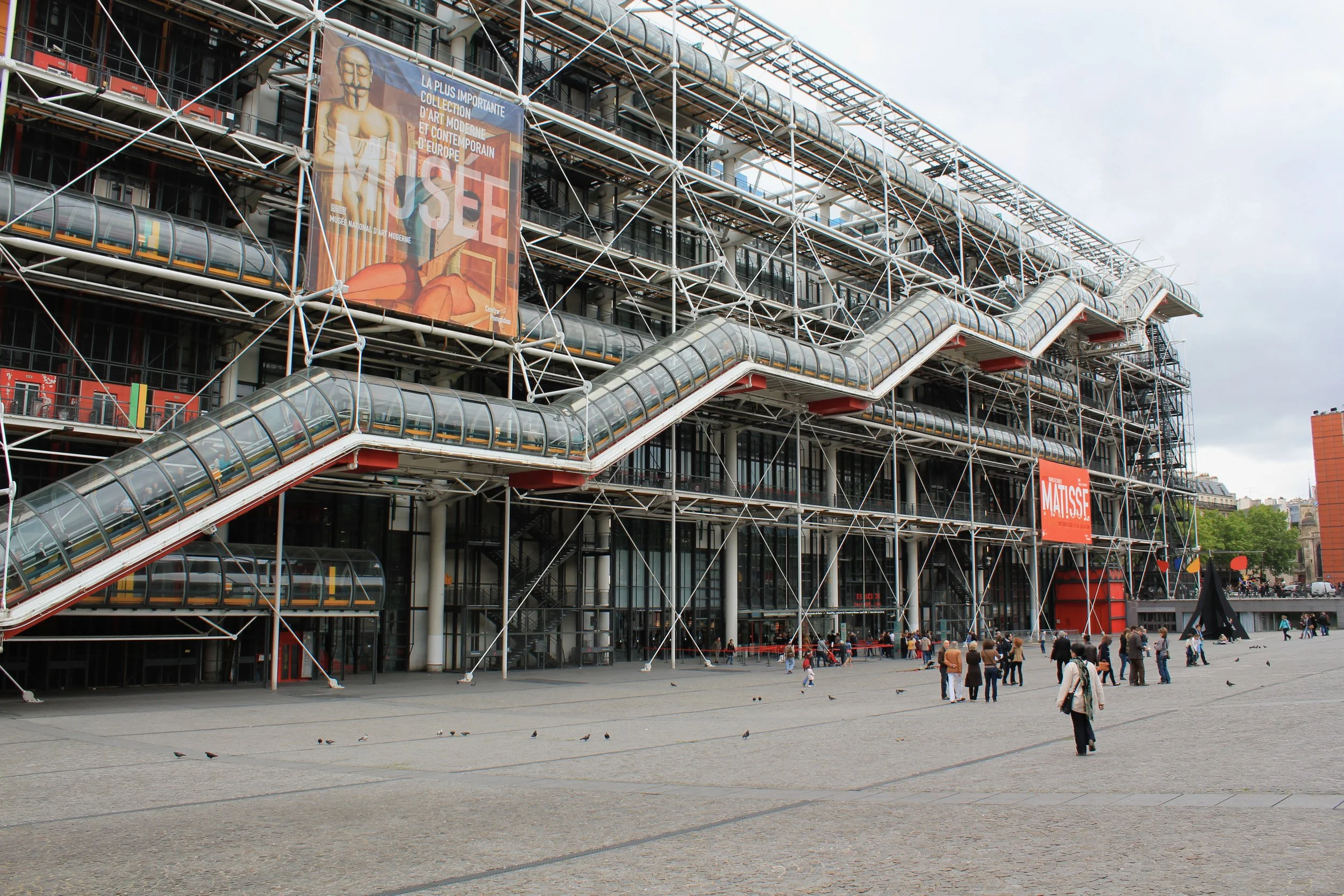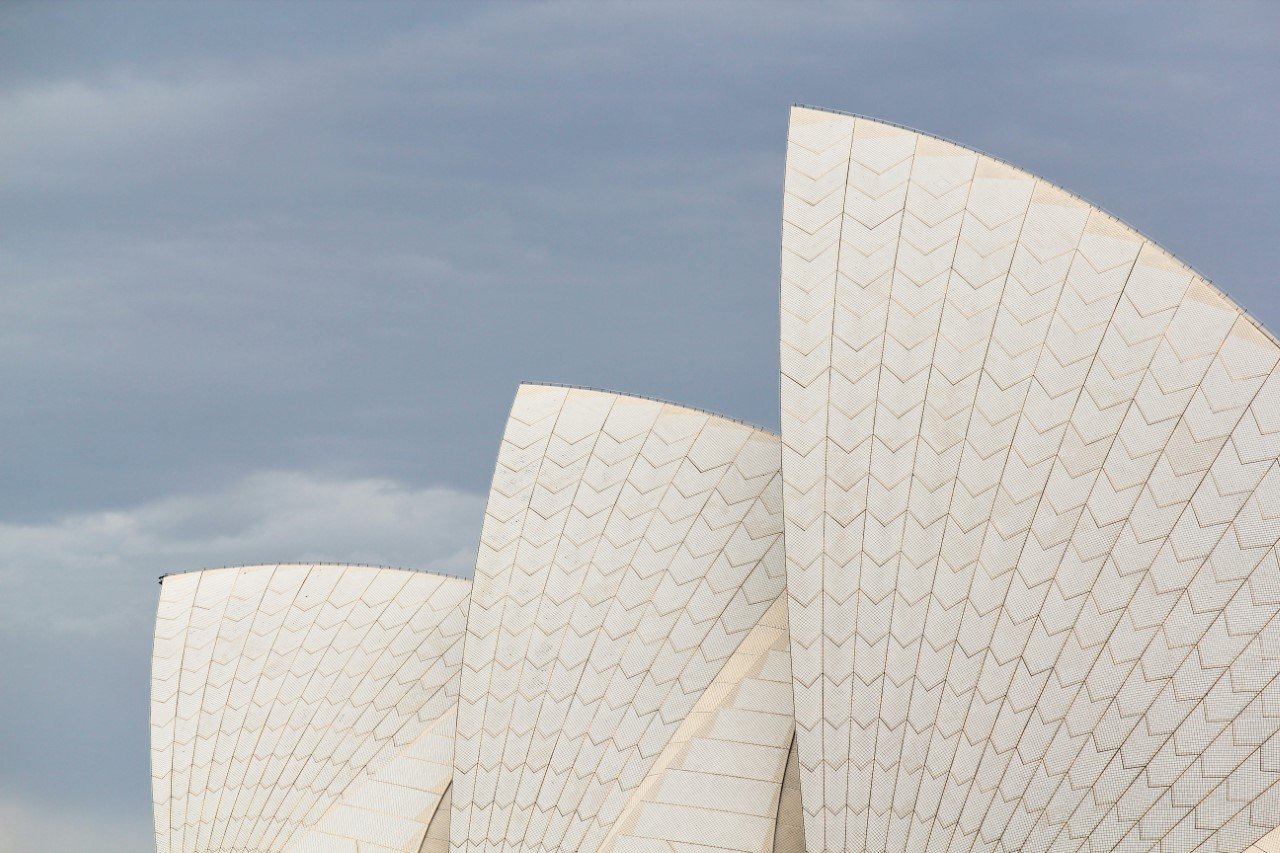'The Story of Upfront Carbon' by Lloyd Alter - Review
Lloyd Alter was a presenter at the PHINZ (Passive House Institute NZ) Conference last year. I found Alter a really entertaining and engaging presenter so I followed up by getting his book: The Story of Upfront Carbon.
At the conference Alter mentioned this book wasn't for Architects because the book encompasses so much more than just what we design and build. However, I found the book very illuminating (& challenging). As Alter says, "When you look at the world through the lens of upfront carbon, everything changes". With that in mind lets dive into some of the key points from the book.
What is upfront carbon?
It kicks off with an entertaining story on how the term "upfront carbon" came about (a Twitter conversation), and how upfront carbon is a better way to describe what has traditionally been known as "embodied carbon". Upfront carbon is what is emitted to make a product - effectively the cost in carbon terms. The problem with the term "embodied" is that it can give the impression that we are storing carbon inside a product and this could seem to be a good thing. In fact, upfront carbon is everything required to get that new phone in our hands, that new house to be built, food on our tables, or the clothes on our backs. Upfront is a better term as it denotes all the carbon required at the outset of the product's lifecycle - what it takes to make the product.
By contrast, operational energy is the carbon it takes to use a product or keep it running - e.g. fuel for our cars, energy to heat and cool our buildings. Alter explains that as operational energy becomes more efficient, then upfront carbon becomes a greater portion of the total carbon of the product or building etc. It therefore makes sense to focus on reducing upfront carbon because we can't put the cat (or the carbon) back in the bag once a product has been made, and products are made based on customer demand.
What can we do about it?
This brings us to one of the core principles from the book which is to use less stuff, the idea of sufficiency. In our consumerist culture this is really hard as everything is geared towards supply and demand. We are all allured (myself included) to want more. It's going to take a paradigm shift to reduce our demand - because the clock is ticking on climate change and the upfront emission required to making everything electric is too great. In terms of 'using less stuff' the best thing is first to build nothing, followed by build less, then build clever, build efficiently, and finally minimize waste. This is even before we use low carbon materials or 'offset' carbon used.
Alter fleshes out the materiality, i.e. use less of the bad stuff like steel, aluminium, plastic and concrete. Recycling is good, but it still takes an enormous amount of upfront carbon to do this, so, once again, to make nothing or make less has the highest impact. For me, increasing this awareness of excess in the products I use has now made me stop buying coffee pods, because although I was sending these off to be recycled it still requires upfront carbon.
Alter offers further strategies for sufficiency:
Ephemerality - doing more with less. For example we used to need entire rooms of computer gear and we can now do more with our smartphone.
Simplicity - in our products and buildings.
Flexibility - adaptable buildings/spaces as needs change in the future.
Circularity - repairing rather than buying new. This reduces waste.
Universality - products that last as long as possible for the greatest number of people possible, e.g. items or buildings that are easy to use for people with a range of abilities.
Resilency - build to robust standards so when disaster strikes the building (or product) can withstand, rather than needing repair work.
A lot of this comes down to design. We need to challenge the norms and re-think our convenience culture. The disposable coffee cup and all the waste it produces is emblematic of this. This might mean re-imagining how we live - less life in the fast lane, and more experience. For example, take five minutes to sit at the café and enjoy your coffee from a washable cup rather than taking it on the go.
Alter sums up with the following order of preference:
Buy nothing and make do with what you have
Buy secondhand
Buy high-quality and make it last
What about architecture?
In terms of buildings, Alter summarizes the research: wood is good, 4-6 stories is the sweet spot (that's for residential AND commercial), and the more "boxy" shape with more wall than windows is the best way to minimize both upfront and operational carbon. We've previously written about sustainability in another blog and ways to do this in construction.
It’s worth noting here that a ‘box’ doesn't have to be a square and it certainly needn't be boring. The singular building form can be beautiful. 'Picture windows' capture specific views rather than making a feature of extensive glazing, and the roof outline instead becomes a striking visual element. Depth can be achieved by screens, shutters, shrouds, cladding changes or other external decoration. There are plenty of design choices to imbue your home with a sense of who you are. Simplicity of form also allows for cheaper construction, which means a smaller mortgage or more budget for interior flair.
It's going to take a collective approach to get there, but we can make changes individually while encouraging others along the way.
As Architectural Designers some of the upfront carbon strategies can be a bit challenging, especially if building nothing or less is the answer! In saying that, we do believe the simple solutions can be the best, which is not only great for the environment but also your wallet. It's something we can have the most impact with at the start of a project, which is where our project assessment service is so useful. We can also do this for commercial properties.
Get the book
If you'd like to check out Alter's awesome book for yourself and you prefer a hard copy like me it is available at Amazon (among others) and is printed on 100% post consumer recycled paper and the publishers are Carbon neutral. Otherwise choose the e-book to suit the platform of your preference.






